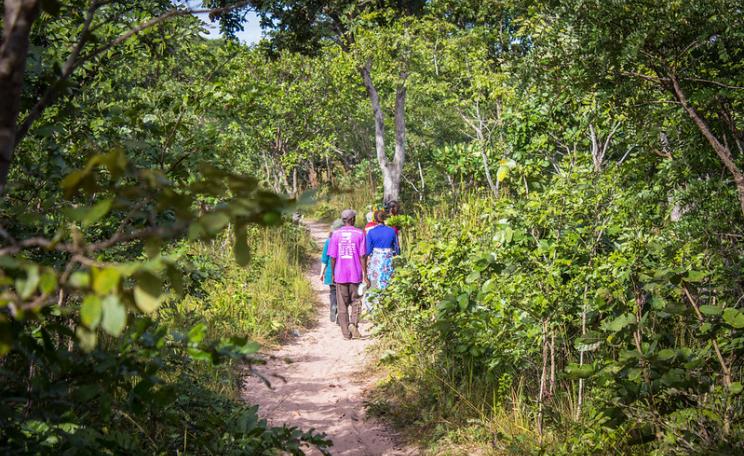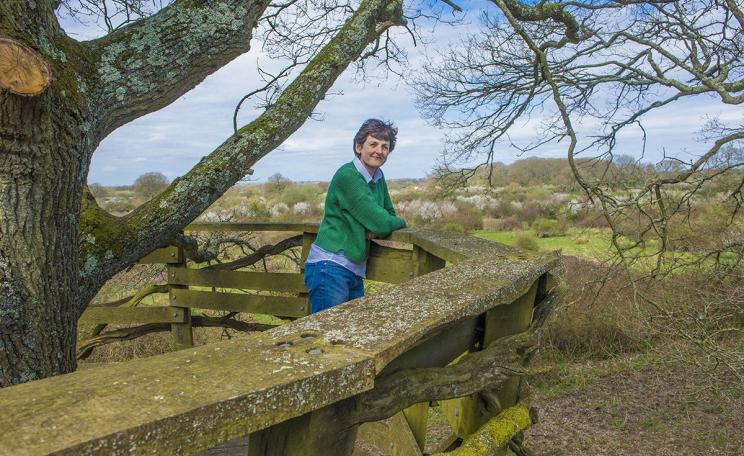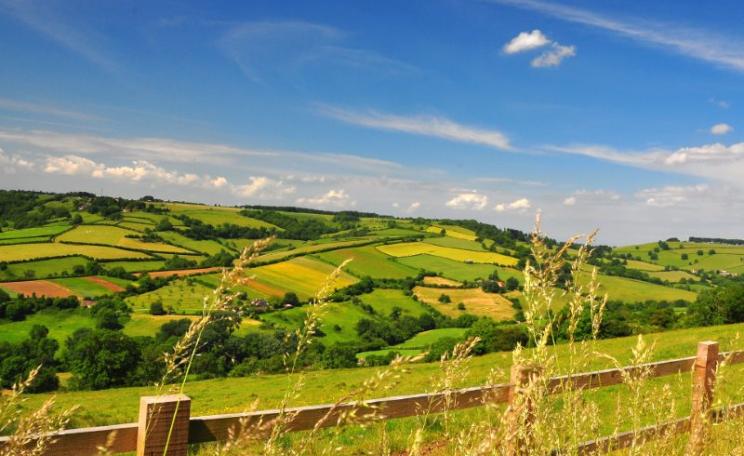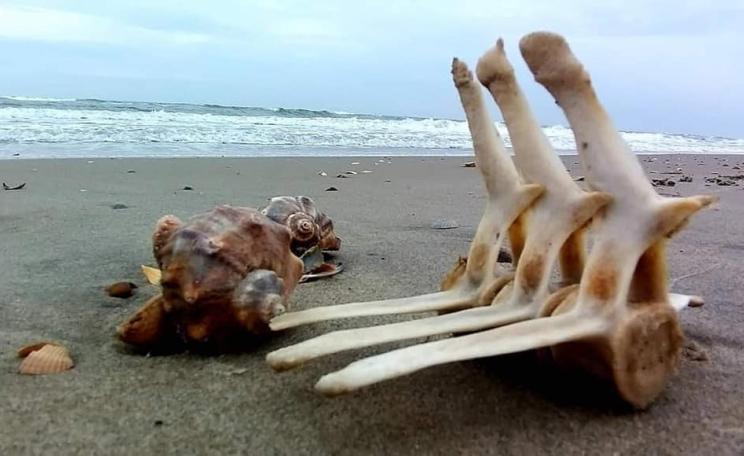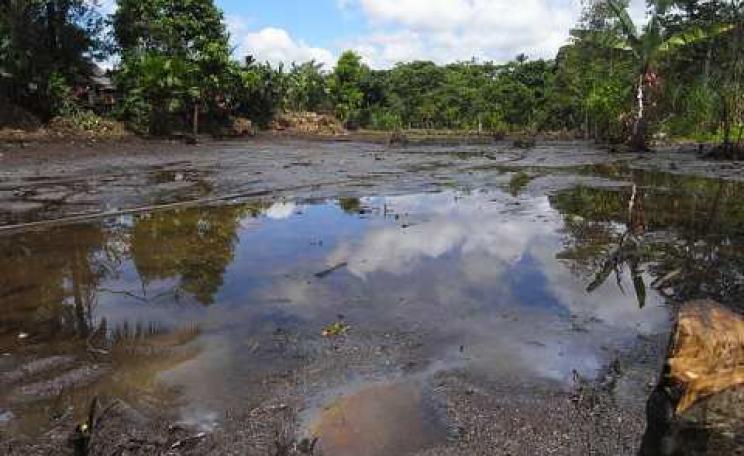The milk accounts for three-quarters of a latte’s footprint.
Grown, dried, processed, shipped and brewed – the average coffee bean goes through a lengthy process before it reaches your morning cuppa.
The beverage has become increasingly popular, with global sales of coffee surging from 105 million 60kg bags in 2003–04 to more than 175 million in 2020–21.
This article first appeared in the latest issue of the Resurgence & Ecologist magazine, which has a focus on coffee. Find out more.
But coffee has a climate conundrum. A major problem is deforestation. Primary rainforest is often cleared to make room for cultivation of crops grown in tropical countries.
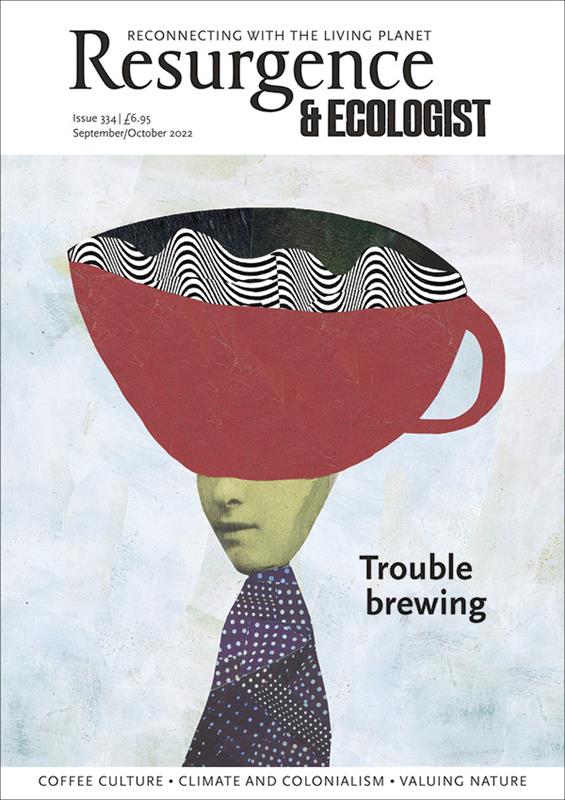
Robusta
In the case of coffee, this has been catalysed by shifting cultivation trends. Traditional cultivation of arabica coffee plants in the shade of other trees has been overtaken by more intensive growth of robusta plants directly under the sun. The resulting yield is much higher than that of shaded farms, and therefore cheaper.
According to a study published in the journal BioScience, the proportion of coffee grown in traditional diverse shade globally fell to around 24 percent between 1996 and 2010, leaving 35 percent in sparse shade and 41 percent grown with no shade at all. These direct-sun monocultures also destroy biodiversity and soil quality.
One of coffee’s other major climate impacts comes indirectly once brewed – milk. In fact, high-street chain Starbucks cites dairy milk as the single biggest contributor to its total carbon footprint.
Plant-based
Research by Ethical Consumer estimates the carbon footprint of a large latte with cow’s milk as the biggest of all coffee and tea varieties, at 552g of CO2e – roughly equivalent to driving about a mile in an average UK car.
The milk accounts for three-quarters of a latte’s footprint. Using soya or oat milk almost halves the footprint of a latte and reduces it for all other drinks.
Around half of high-street chains charge extra for plant-based milk, Ethical Consumer found. Starbucks dropped its surcharge in January 2022.
However, it acknowledges that dairy milk is sold with more than half its drinks, and has launched research with NGO The Nature Conservancy to identify ways to reduce emissions from dairy farming.
Mandatory
US chain Blue Bottle Coffee has gone further and made oat milk the default in all its drinks, following a pilot that led the proportion of orders containing oat milk to rise by more than 20 percent.
The milk accounts for three-quarters of a latte’s footprint.
Shade-grown coffee is encouraged by certification to a scheme run by US-based conservation organisation the Rainforest Alliance.
This covers 400,000 producers in Latin America, East Africa and Asia, and an estimated one million hectares of land, according to the alliance’s website.
In 2021, around 20 percent of global coffee production was Rainforest Alliance certified, one of the requirements for which is that coffee be shaded from 40 percent of sunlight.
However, the alliance states that shade cover is only mandatory for growers who opt to be certified with this requirement, to allow for locations where it is not possible.
Experimental
Scientists are developing a more futuristic way to reduce the climate impact of coffee. VTT Technical Research Centre of Finland has developed a method for producing coffee cells in a bioreactor through cellular agriculture.
The lab-grown method eliminates the need for deforestation and has a much lower water footprint through the use of recycled water to generate the bioreactors.
Currently all coffee material produced in laboratory conditions is defined as ‘experimental food’ and would require regulatory approval before being marketed and sold to consumers, such as by the US Food and Drug Administration.
However, the scientists estimate they are only four years away from obtaining this.
With booming coffee sales predicted to continue, such solutions cannot come quickly enough for the climate.
This author
Catherine Early is chief reporter for The Ecologist. This article first appeared in the Resurgence & Ecologist magazine, which focuses on coffee culture. You can buy this issue here.


